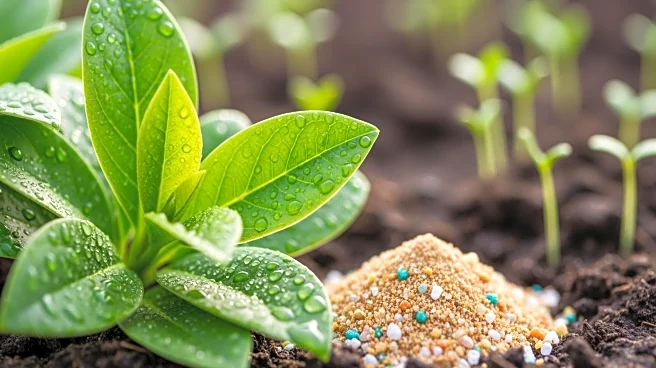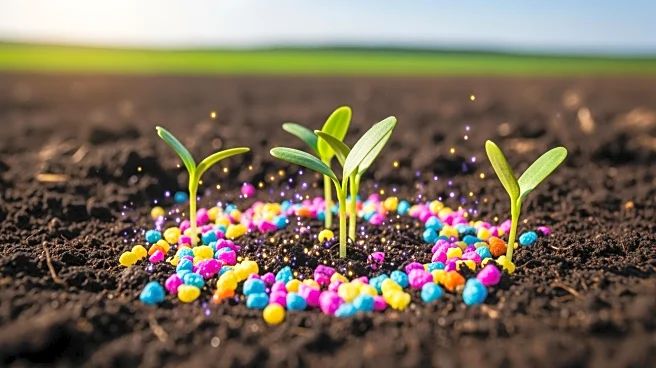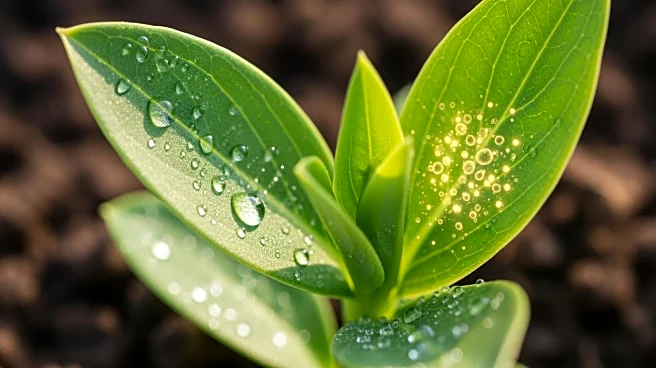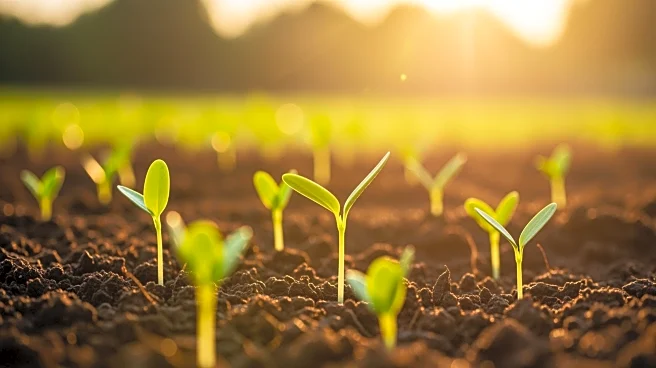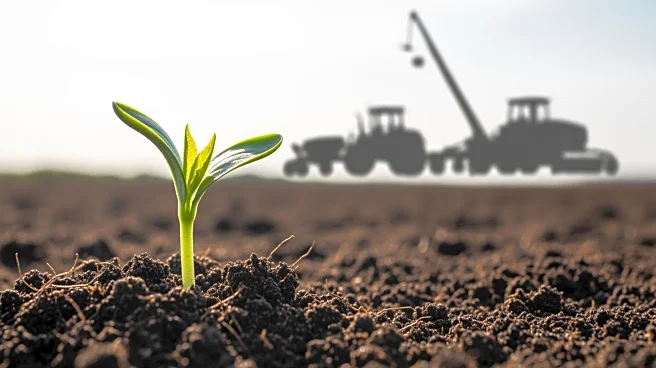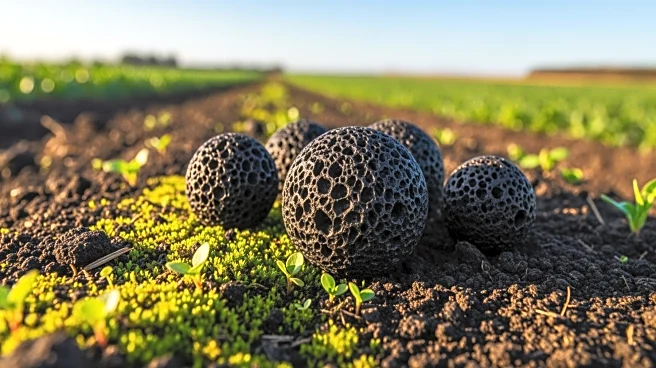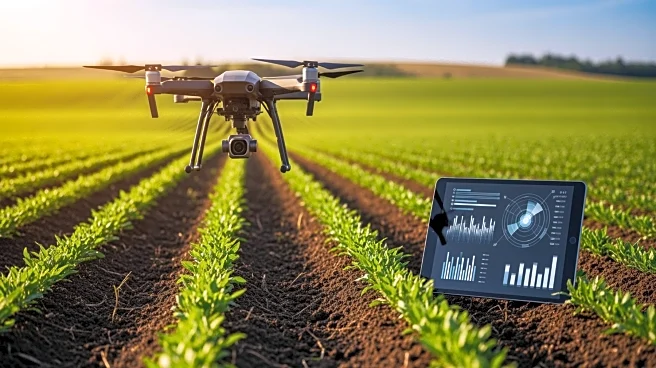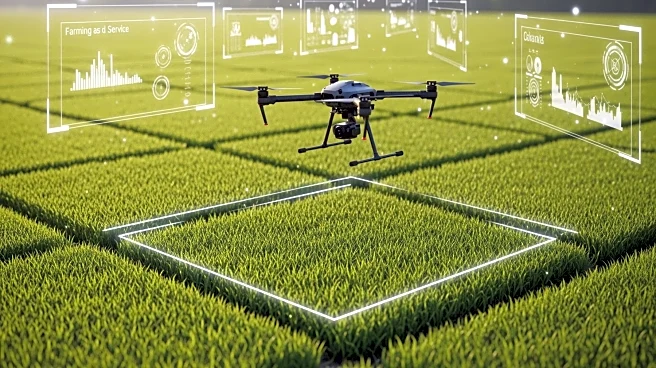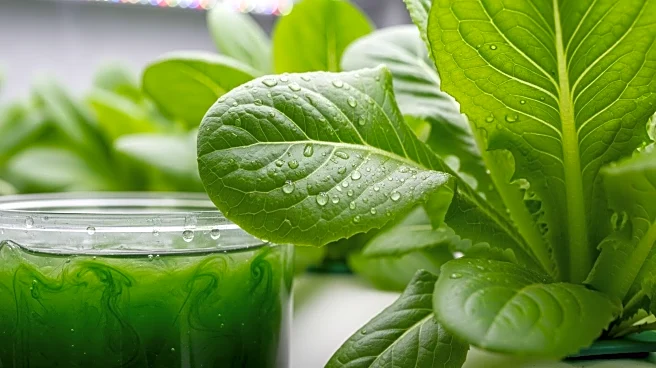What's Happening?
The global agricultural chelates market is expected to grow from $1 billion in 2025 to $1.5 billion by 2032, driven by a 6% compound annual growth rate. This growth is fueled by increased awareness of
balanced plant nutrition and the demand for efficient micronutrient delivery, particularly in soils prone to nutrient stress. Precision agriculture technologies, such as sensors, drones, and GPS, are optimizing the application of chelates with minimal waste. The adoption of eco-friendly and biodegradable formulations, alongside innovations like controlled-release coatings and bio-based chelates, is addressing environmental concerns while improving nutrient efficiency. The Asia-Pacific region leads the market, driven by the expansion of agriculture to meet rising food demand, while North America is projected to record the fastest growth due to high-value horticultural and specialty crops.
Why It's Important?
The expansion of the agricultural chelates market is significant for the agricultural industry as it addresses the challenges of nutrient stress and soil degradation. By enhancing micronutrient uptake, chelates improve crop yield and quality, supporting sustainable farming practices. The growth in precision agriculture and eco-friendly formulations reflects a shift towards more efficient and environmentally conscious farming methods. This market expansion is crucial for regions like Asia-Pacific and North America, where food security and high-quality crop production are priorities. The increased use of chelates in hydroponics and high-value crops further underscores their importance in modern agriculture.
What's Next?
The agricultural chelates market is expected to continue its growth trajectory, with ongoing research and development focusing on integrating chelates with modern agronomy practices. The demand for chelates in precision agriculture and sustainable farming is likely to increase, driven by government initiatives and rising awareness of soil nutrient deficiencies. As the market expands, companies may invest in developing new formulations and application methods to cater to diverse soil conditions and crop types. The focus on eco-friendly and biodegradable chelates will likely intensify, addressing environmental concerns and supporting sustainable agriculture.
Beyond the Headlines
The growth of the agricultural chelates market highlights the broader trend towards sustainable agriculture and the need for efficient nutrient management. The adoption of precision agriculture technologies reflects a shift towards data-driven farming practices that optimize resource use and minimize environmental impact. The focus on eco-friendly formulations addresses the growing demand for sustainable solutions in agriculture, aligning with global efforts to reduce the environmental footprint of farming. As the market evolves, the integration of chelates with advanced farming practices may lead to long-term improvements in crop yield and soil health.
